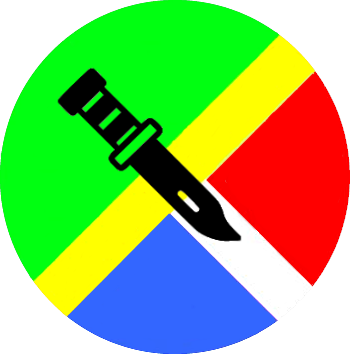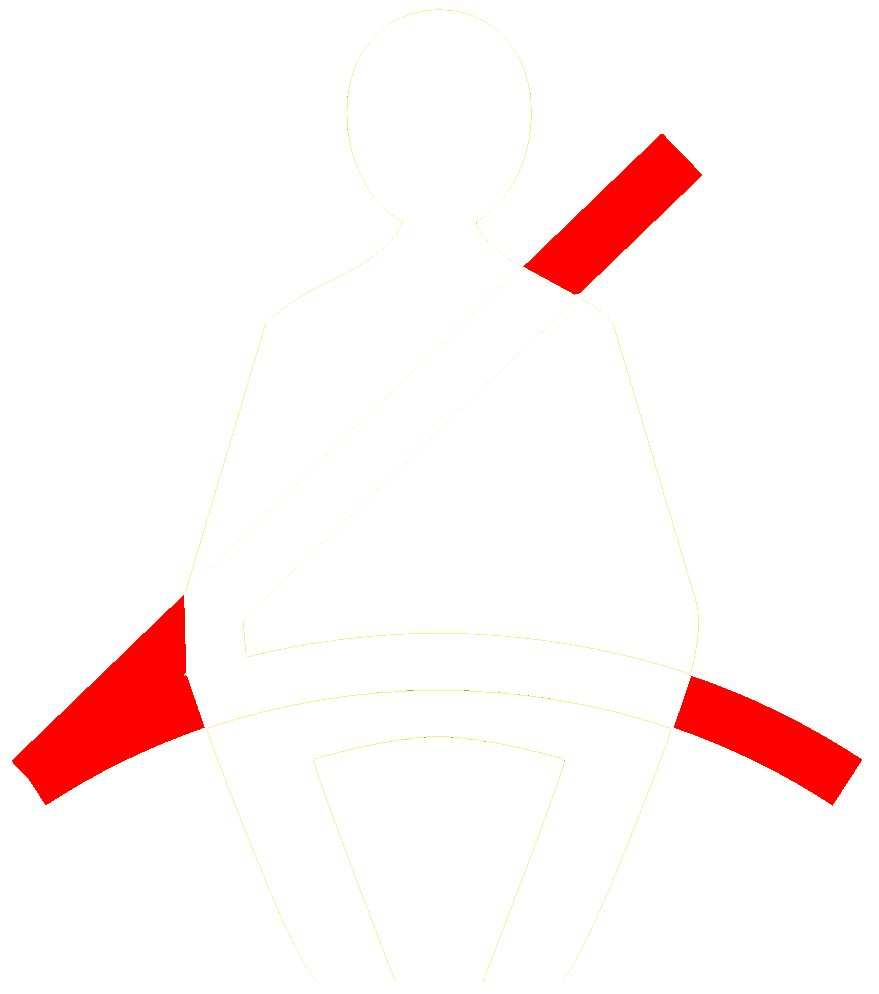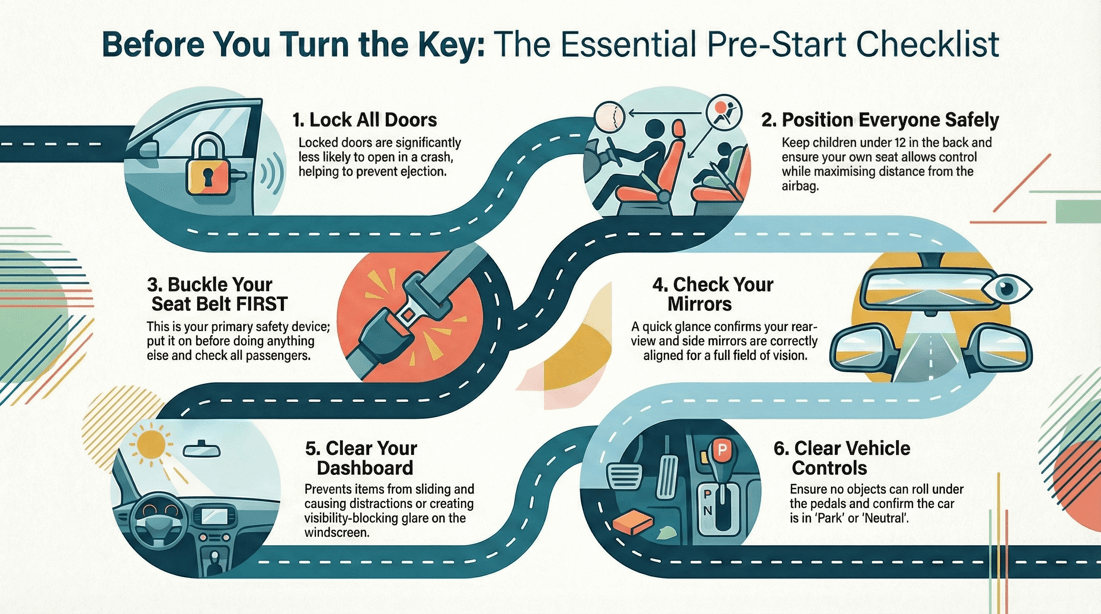Pre-Start
⫸ Free YouTube Subscription
Starting your car is more than just turning the key, it's your first opportunity to take control of the drive and set the stage for a safe, focused journey. Taking a few moments before the engine starts can make all the difference in how smoothly your trip unfolds. From checking your surroundings to ensuring everything inside the vehicle is in place, these habits lay the groundwork for confident and defensive driving.
What essential checks should you perform before starting your vehicle? How do you make sure your seat and mirrors are adjusted for comfort and visibility? Why is it important to confirm that all doors are securely closed? How can dashboard warning lights alert you to issues before you drive? What steps can help reduce distractions the moment the engine starts?
This page offers a clear guide to building a reliable pre-start routine that supports both vehicle safety and driver awareness. By focusing on these simple yet important habits, it helps you prevent mechanical problems, stay focused behind the wheel, and drive with greater confidence and control from the very beginning.
Before starting the vehicle, follow this routine.
⧋


